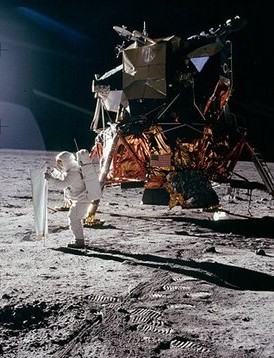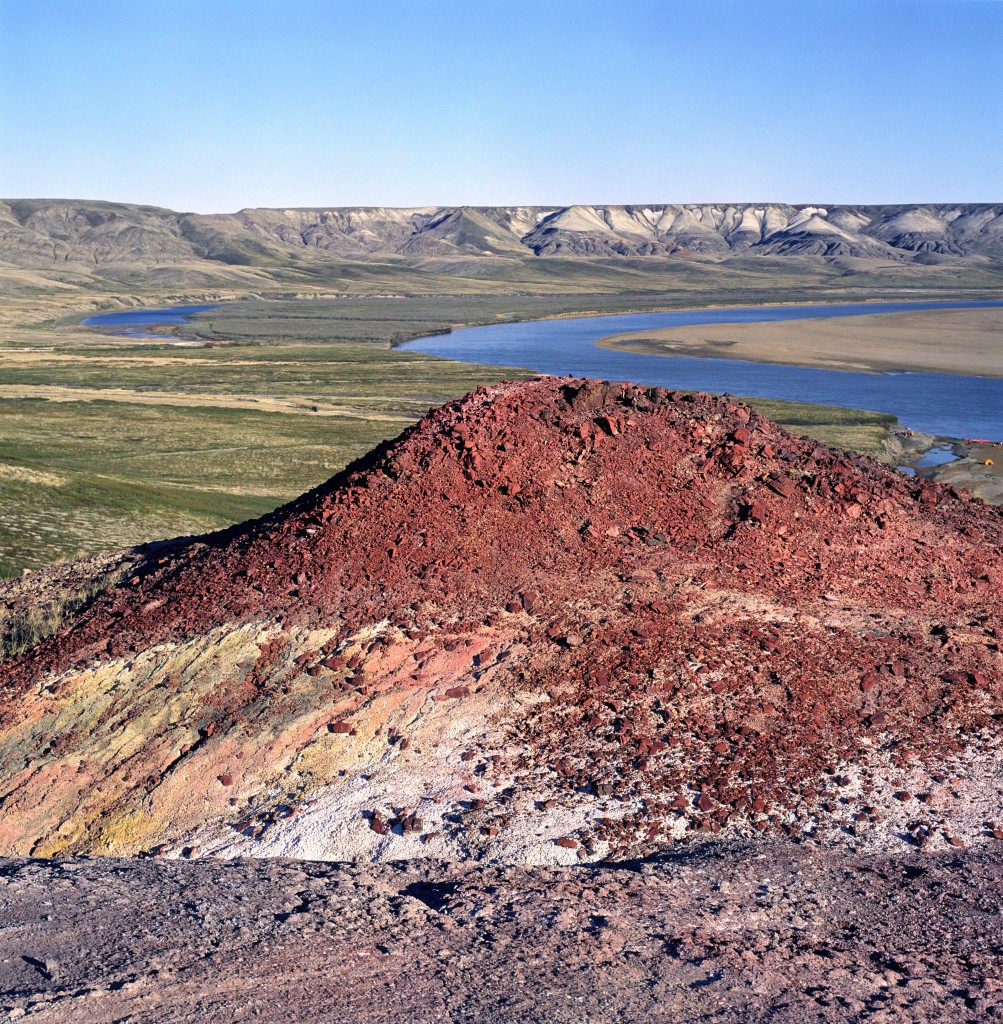 Climate change may not be forever, but it’ll be for a long, long time. Who—or what—will be around thousands or millions of years hence, when the consequences of our casually massive carbon emissions are still playing out? And do we owe them anything?
Climate change may not be forever, but it’ll be for a long, long time. Who—or what—will be around thousands or millions of years hence, when the consequences of our casually massive carbon emissions are still playing out? And do we owe them anything?
According to philospher William Grove-Fanning, currently at the Environmental Studies Program at Trinity University in San Antonio, the phrase “future generations” first started showing up in the late 1960s, in discussions of bioengineering and nuclear waste. These days, it shows up constantly in discussions of climate policy (and on “Seventh Generation” household products marketed to the eco-conscious—but no longer bought by our household since we noticed that they dye their diapers brown to make them look more ‘natural’ or ‘recycled’). As the climate changes, it won’t just—or even mostly—affect those alive today. We may bite the big one before things get truly strange and/or horrendous. But people toss off the phrase “future generations” so glibly, without really specifying whom they are talking about. Continue reading






